What just happened? Why is the domain I’m interested in listed here?
SEO.Domains
is the largest provider of SEO value domains in the world.
As part of our marketing, we list the top 20 million domains in generic extensions for the public.
You, your competitors, and anyone else has a link here in this directory not indexed by Google.
There is no positive or negative value. Our idea is that if you need powerful expired domains, you just found them, any niche or country.
The link building platform for serious marketers
The most advanced and premium link-building platform designed for those who refuse to settle for anything less than the best. Whether you're an ambitious digital pioneer or a seasoned marketer, MeUp is the platform crafted for digital leaders who demand results.
Try MeUp now →